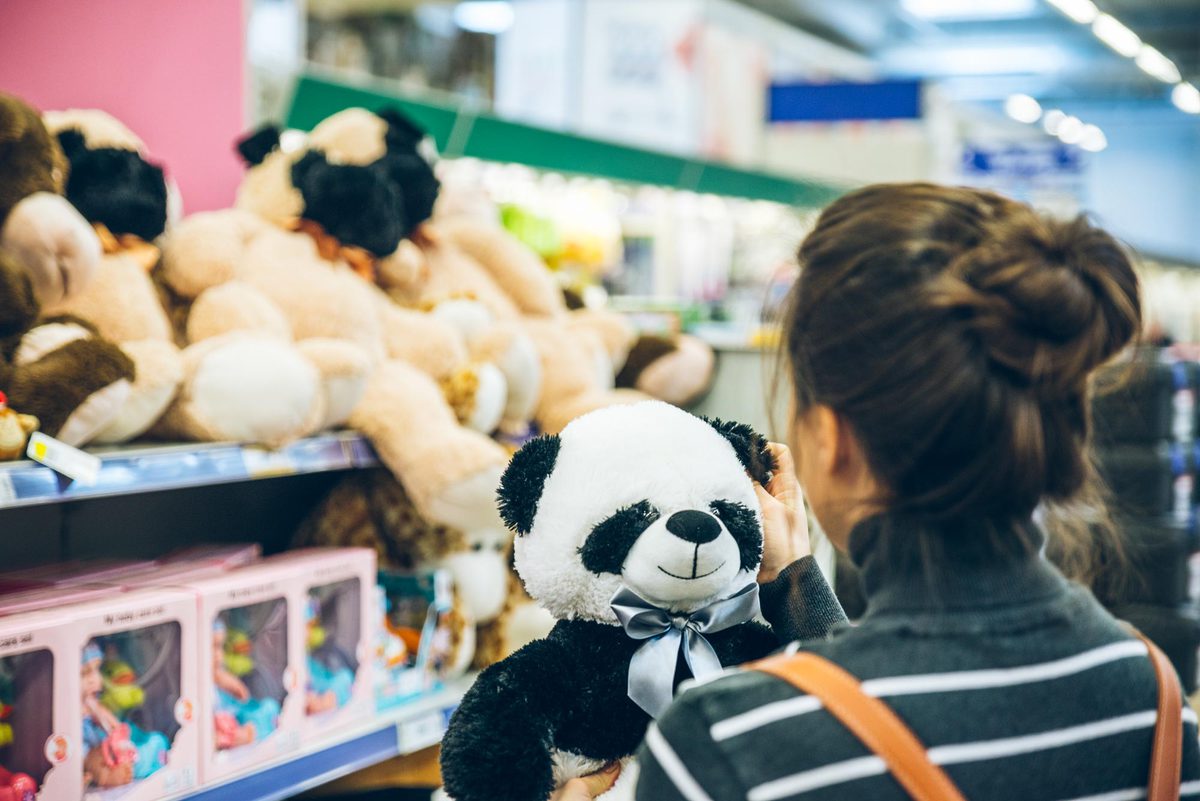That new Buzz Lightyear action figure that can moonwalk is really cool and all, but will my children hurt someone – or themselves – with it?
What about the My Little Pony castle that is all the rage? Are there any dangerous things to consider?
In advance of Black Friday and National Safe Toys and Gifts Month in December, UVA Today turned to Liz Horton, UVA Health’s injury prevention coordinator, for tips about things to look for when doing your holiday shopping or receiving gifts from friends and family members.
Q. When you’re buying any kind of toy, what are some general rules of thumb?
A. Only purchase toys that the manufacture has identified as safe for the age group that your child is in. For example, if the toy is labeled for children age 3 and up, it’s not safe for your 12-month-old to have.
Look for quality design and construction of all toys, regardless of the age of your child; toys that easily break are not only a waste of money and not very fun, but they also pose a big safety concern.
Check the U.S. Consumer Product Safety Commission website for the latest product recalls and information regarding product safety.
If you’re thinking of getting a riding toy like a scooter or bike for your child this holiday season, make sure you’re also getting an approved helmet for them. Ensuring that their developing brain is properly protected is one of the best things you can do for their safety.
Avoid toys that have button batteries or magnets; these can be harmful or fatal if swallowed.
Q. Is lead poisoning still, in this day of age, something to be cognizant of?
A. Lead poisoning is definitely something everyone should still be aware of, especially when purchasing gifts from places outside the U.S. or older, used toys. Secondhand toys from thrift stores or yard sales can mean excellent prices, but be aware of the danger of lead paint possibly being on older items that were made before lead was banned.
According to the [Centers for Disease Control], lead paint can still be found in toys that are made outside of the U.S., as it is widely used in other countries. The CPSC does a wonderful job of posting recalls on their website on products that could contain lead; the most recent CPSC lead-related recall from this August is of painted chairs from Restoration Hardware that contained lead levels that exceeded the federal ban.
If you’re concerned that your child may have been exposed to a product containing lead, contact your child’s primary care provider and they can test your child’s blood. A lead blood test is the only way to tell for sure if there has been an exposure as most children do not exhibit symptoms.

UVA Health System injury prevention coordinator Liz Horton says wrapping on new toys should be discarded right away as it can be deadly for small children.
Q. Sports safety equipment can sometimes be kind of tricky. Any advice there?
A. When it comes to equipment, like helmets, look for a label that says the product meets standards from one of the following common athletic organizations that issue equipment standards:
- National Operating Committee on Standards for Athletic Equipment.
- National Collegiate Athletic Association.
- Consumer Product Safety Commission.
- International Association of Athletics Federations.
- Hockey Equipment Certification Council.
- National Federation of State High School Associations.
Safety gear is especially important when it comes to all-terrain vehicles, contact sports and bikes. According to the CPSC, children under the age of 6 should never be on an ATV, even as a passenger, and children under the age of 16 should never be on an adult-sized ATV.
Q. When buying craft items like crayons, markers, glitter and glue, are there any things to be wary of?
A. According to the CPSC, it is recommended to only purchase products that are labeled with the statement “Conforms to ASTM D-4236” and that do not have any cautionary warnings on the label. This label statements means that a board-certified toxicologist has evaluated the art materials for their potential to cause chronic hazards to the consumer and has recommended appropriate warning statements.
While the CPSC does require labeling of art materials that have the potential to cause adverse chronic health effects, even products that are labeled “non-toxic” when used in an unintended manner can have harmful effects, so it’s important for an adult to be fully present and attentive during craft time, especially with children under age 6 so they don’t put small items in their mouths, as they’re choking hazards.
Q. When shopping for infants and toddlers, are there things to absolutely avoid no matter what?
A. Ensuring that the toy is large enough that it cannot be swallowed, and has no small pieces or other potential choking hazards is important for this age group since they tend to explore with their mouths, and anything that is small enough to swallow is very dangerous.
In addition to no small parts or small toys, long ribbons, cords, straps and strings also present a danger to this age group, as they can become wrapped around a small child’s neck, causing strangulation. Never hang or attach toys with long ribbons, straps or cords in playpens or cribs as the child can easily become caught in them.
And plastic wrapping on new toys should be discarded right away as it can be deadly for small children.
Media Contact
Article Information
November 25, 2019
/content/qa-your-black-friday-guide-buying-safe-toys-kids

